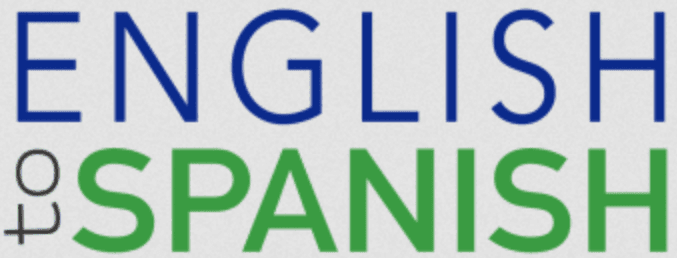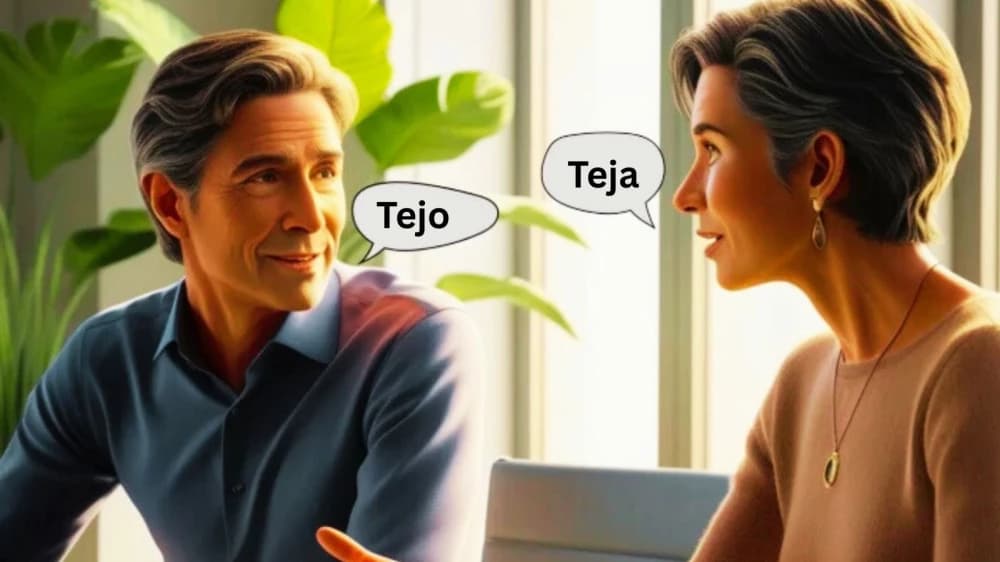Distinguishing Trees from Tiles—and a Game from a Hat!
Spanish is full of words that look similar but have entirely different meanings. This week, we’re diving into tejo (masculine) and teja (feminine), two words that might seem related but belong to very different worlds—one rooted in nature and sports, the other in architecture and fashion.
What Does "Tejo" Mean?
Tejo as a Tree
A tejo is an evergreen yew tree (Taxus baccata), known for its remarkable longevity and toxic properties. Despite its poisonous nature, the yew tree is an essential source of anti-cancer compounds derived from its bark and needles.
Example Sentences:
-
Una sustancia que se obtiene de la corteza y las agujas del tejo.
(A substance that’s obtained from the bark and needles of the yew tree.)
Tejo as a Game
Tejo is also the name of a disc or marker used in certain games, such as hopscotch (rayuela in Spanish). It’s even the name of a popular Colombian sport in which players throw metal discs at a target embedded in clay—resulting in dramatic mini gunpowder explosions when the target is hit!
Example Sentences:
-
Pistas para juegos recreativos como petanca o tejo.
(Areas for playing recreational games like pétanque or hopscotch/tejo.)
What Does "Teja" Mean?
Teja as a Roof Tile
The most common meaning of teja is a roof tile—typically made of clay, ceramic, or other materials used to cover buildings. The classic terracotta-colored tiles seen on Spanish rooftops have given rise to the term de color teja to describe brick-red or earthy shades.
Example Sentences:
-
Las propiedades son de construcción tradicional, con techos de tejas francesas.
(The properties are of a traditional construction, with French tile roofs.) -
El agua corría con un siseo entre las tejas del techo.
(The water hissed its way between the roof tiles.)
Teja as a Color
Because roof tiles are often a warm, reddish shade, the word teja is used to describe terracotta-colored hues. Interestingly, when used as a color name, it follows masculine gender rules (el color teja).
Example Sentences:
-
Resaltar los pómulos con fucsia, y completar con un tono más teja.
(Use fuchsia to highlight the cheekbones, and finish off with a shade that’s more terracotta.)
Teja as a Clerical Hat 🎩
In religious circles, un sombrero de teja refers to a wide-brimmed clerical hat with a rounded crown, worn by priests. Also known as a sombrero de canal, this distinctive headpiece is sometimes called a saturno or cappello romano.
Example Sentence:
-
Un cura con sombrero de teja.
(A priest in a clerical wide-brimmed hat.)
Bonus: Other Types of Tiles in Spanish
-
Baldosas—Large, fine tiles used for floors and walls (ceramic, marble, or stone).
-
Losas—Larger stone or concrete slabs, often used for outdoor paving.
-
Azulejos—glazed, decorative tiles frequently used for mosaics and wall designs.
Final Thoughts
From yew trees and explosive games to roof tiles and priestly fashion, tejo and teja may sound alike, but they have entirely different meanings. Keep these distinctions in mind, and you’ll never mix up wood and clay again!







